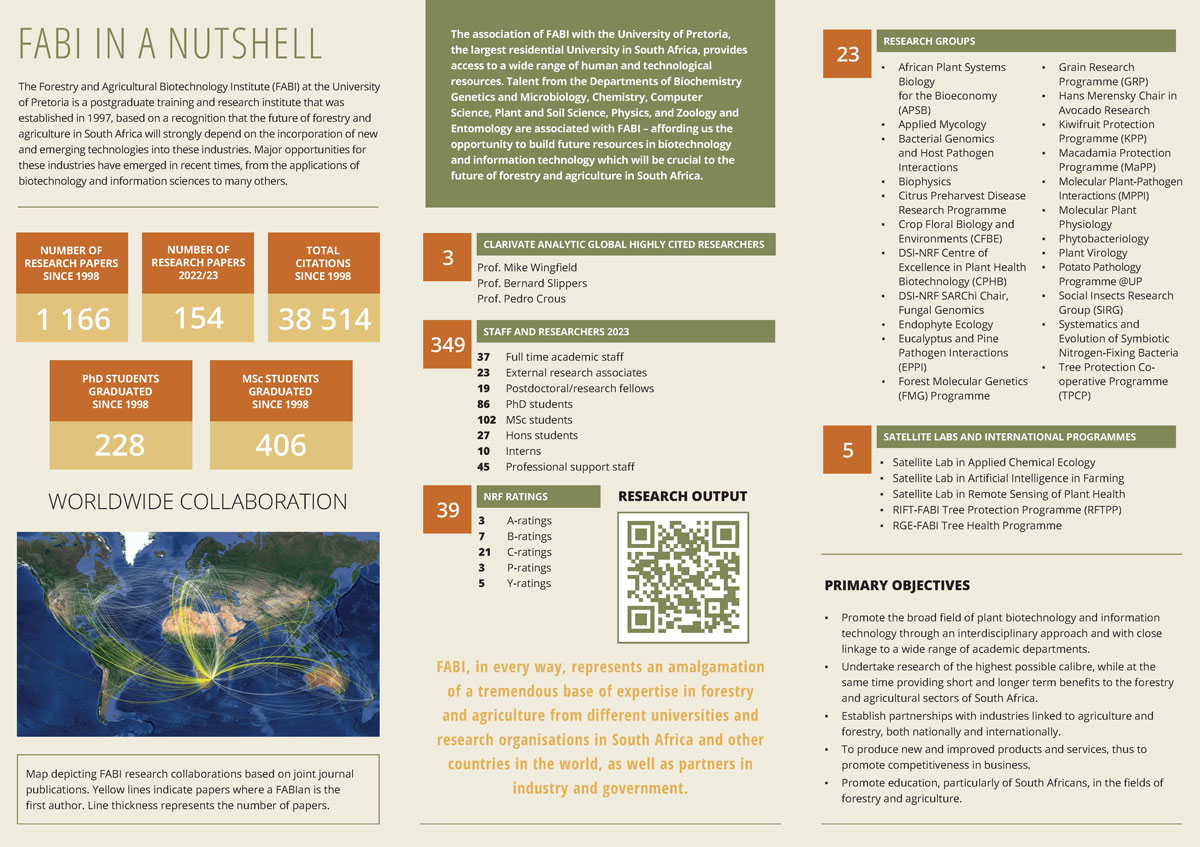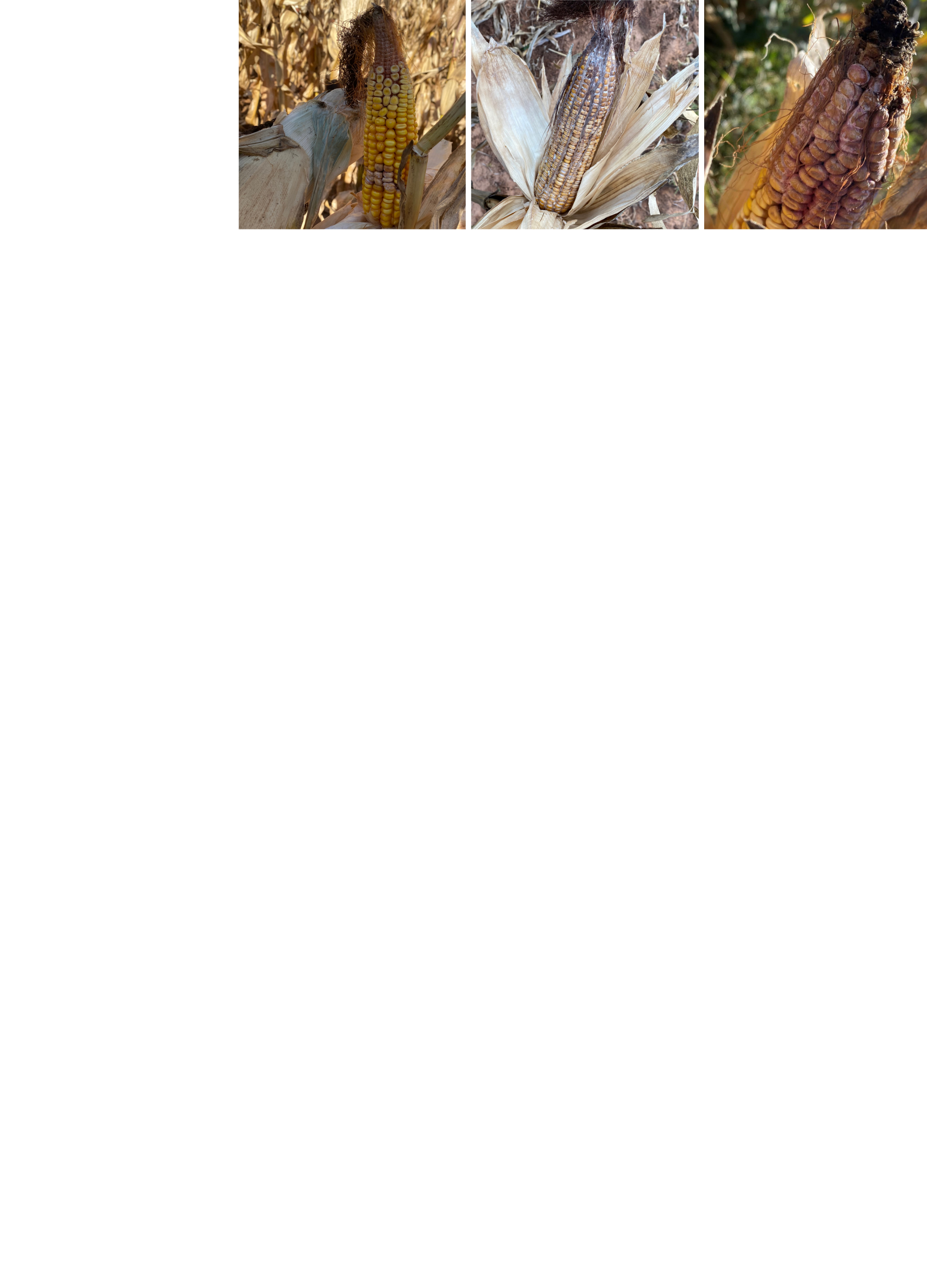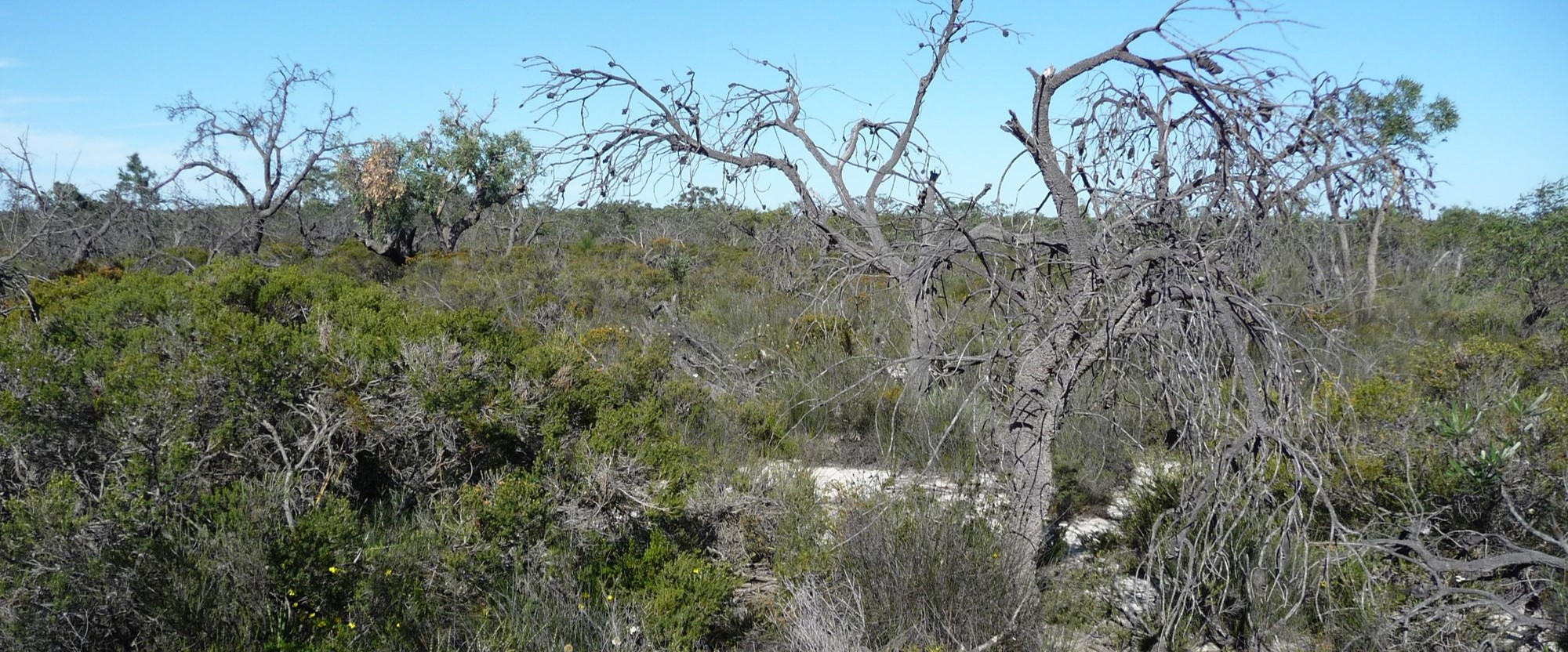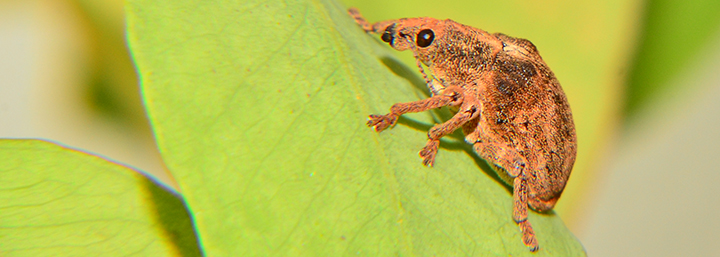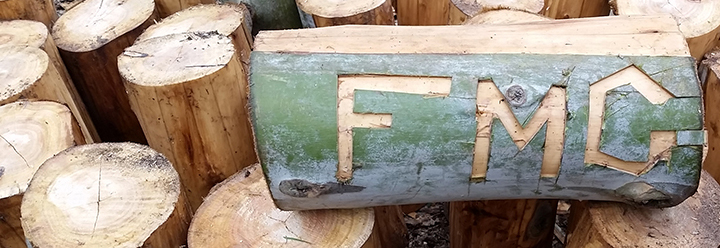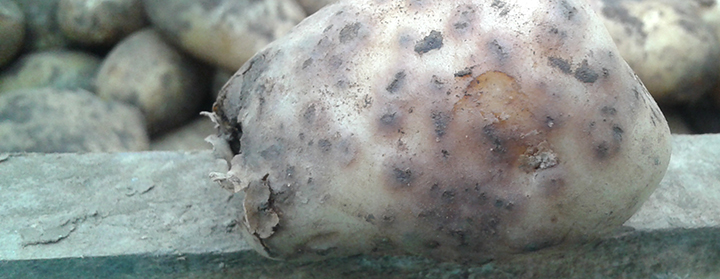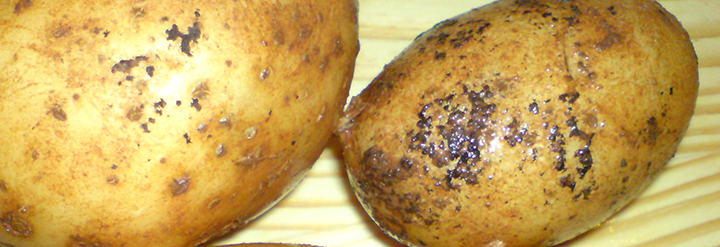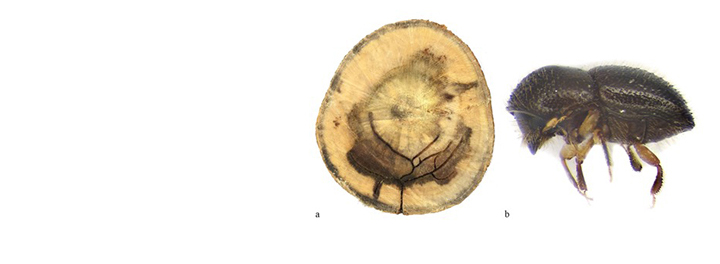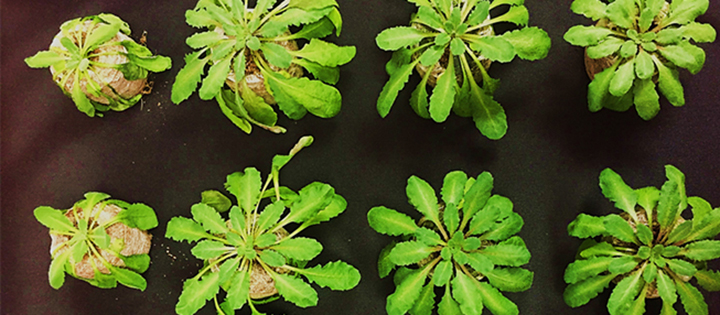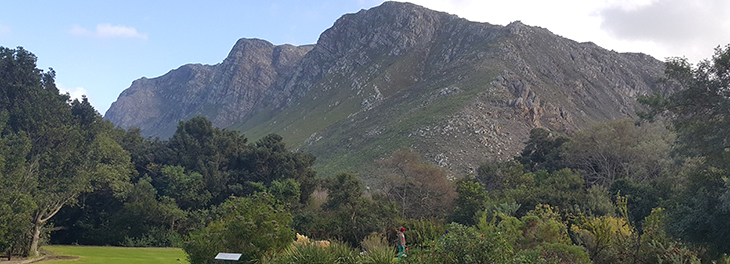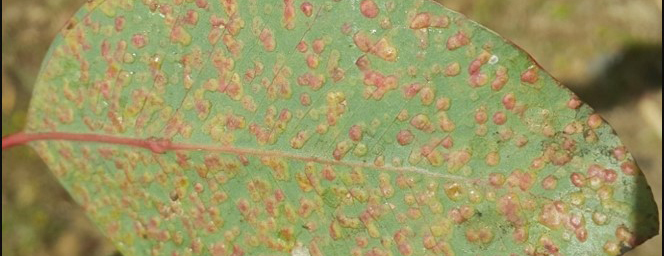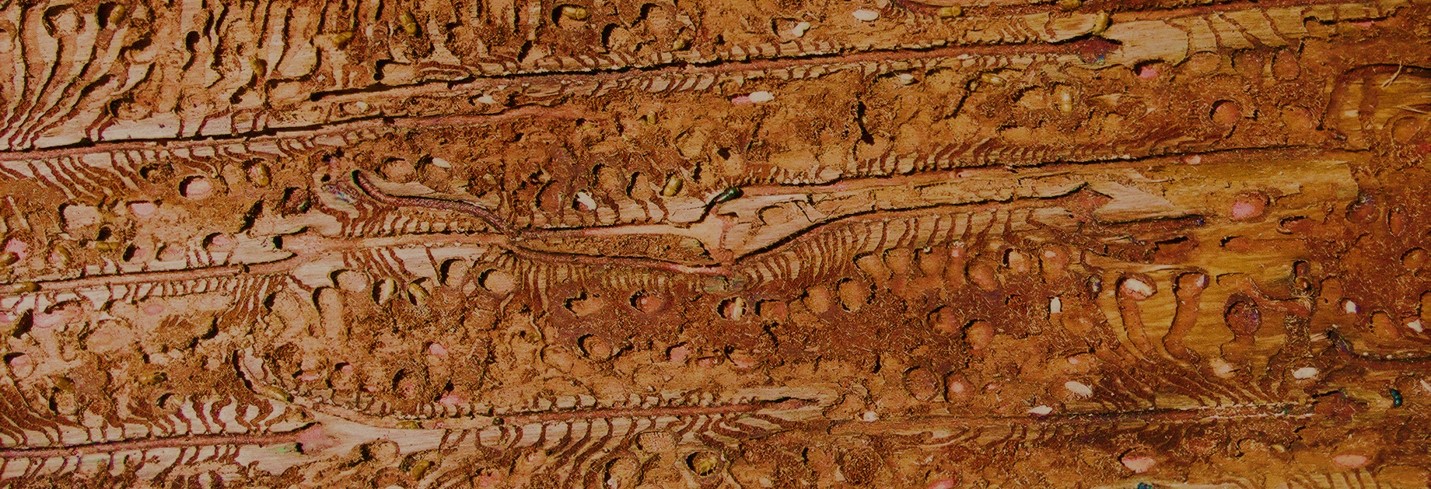PhD opportunity: Climate change impact assessment on soybean production in South Africa
A Ph.D. position is available to conduct a climate change impact assessment on soybean production in South Africa. The position will be based at the University of Pretoria under the Forestry and Biotechnology Institute (FABI) in the Department of Plant and Soil Sciences. This project will be in collaboration with the University of Kentucky, USA, and INRAE, France.
Please note that this PhD opportunity is only open to South African citizens.
Applications close on 22 March 2024.
Please click here for more information and how to apply.







